Picture-in-picture is a trick that most of your devices are able to do, and it means you can keep on watching YouTube, Twitch, Netflix, FaceTime or any other video stream while you do something else. Here’s how you can set it up on your phones, tablets, computers and media streaming gadgets.
Android and iOS
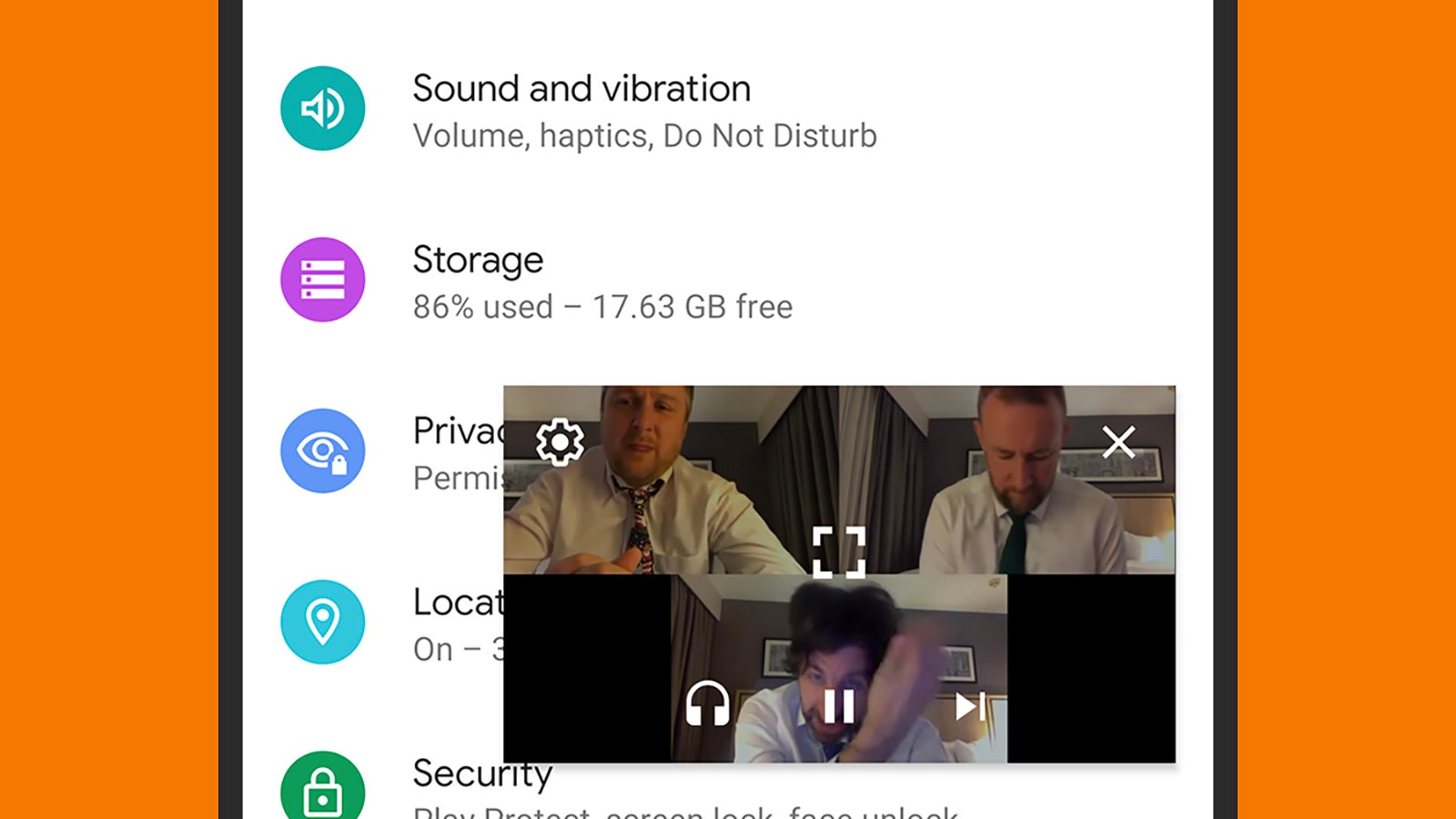
On recent versions of Android, picture-in-picture works more or less automatically, as long as the video app you’re using has been built to support it. For example, if you launch Netflix and start watching something, then go back to the home screen, the video plays in a smaller window in the corner of the screen.
If this doesn’t work for whatever apps you’re using, you might need to dig into the app settings or investigate further. With the YouTube app, the picture-in-picture mode is only enabled if you’re a Premium subscriber, so the mini player won’t appear if you’re not paying. In the case of videos playing inside Google Chrome for Android, you need to switch the video to full screen mode first and then go back to the home screen to get the smaller window to appear.
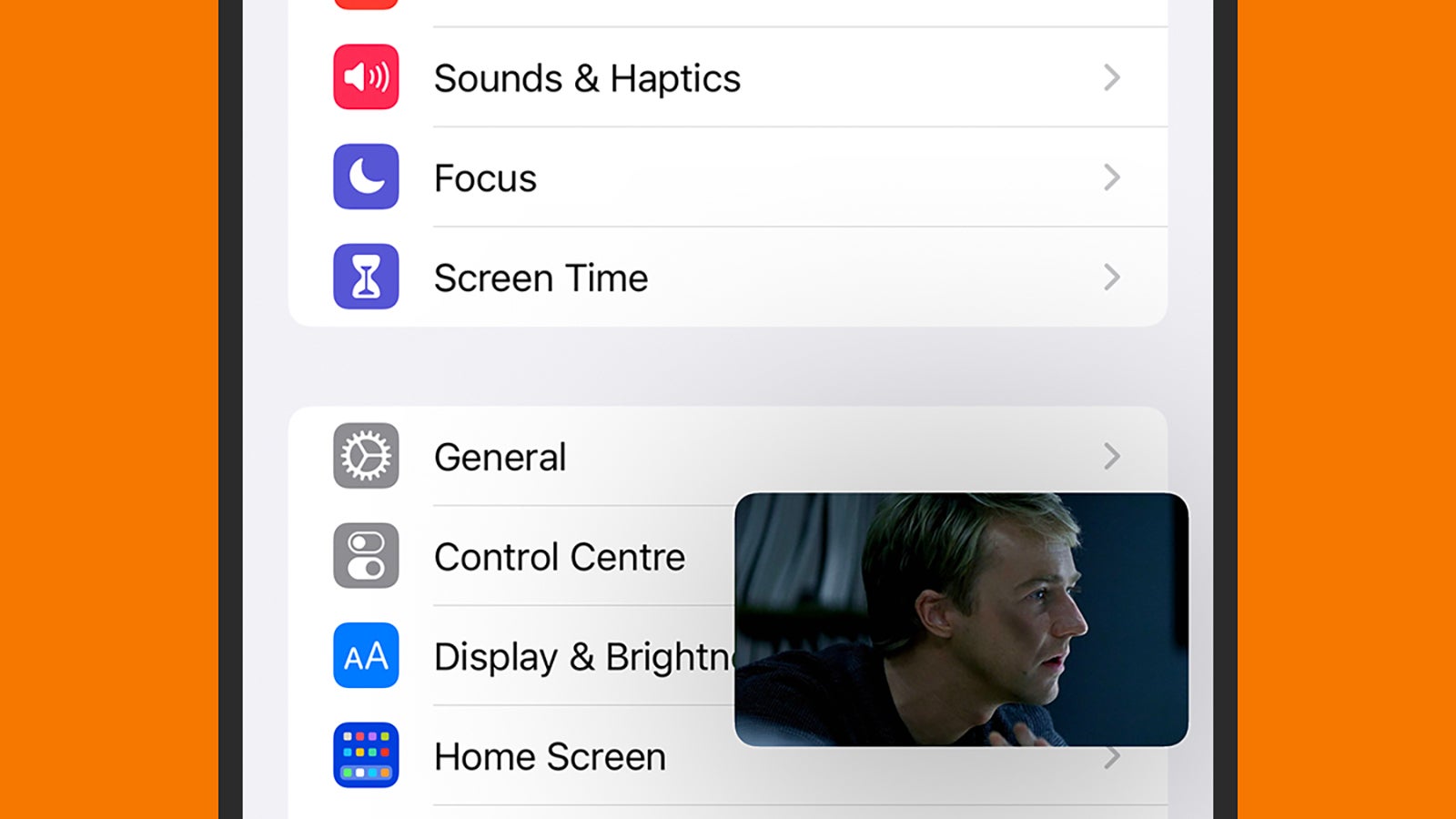
Over on iOS and iPadOS, you simply tap the picture-in-picture button on the video playback screen — it’s the one that’s two rectangles with an arrow indicating the video size is going to shrink. This takes you back to whatever app you were in before the video started, but keeps the video playing on top.
The picture-in-picture button should appear in every Apple app that plays video, and every third-party app that has implemented the feature (which is most of them); it’ll also show up in Safari when you start playing a video in the mobile browser. At the time of writing YouTube has just begun testing picture-in-picture support for iOS and iPadOS, but only for YouTube Premium subscribers.
Windows and macOS
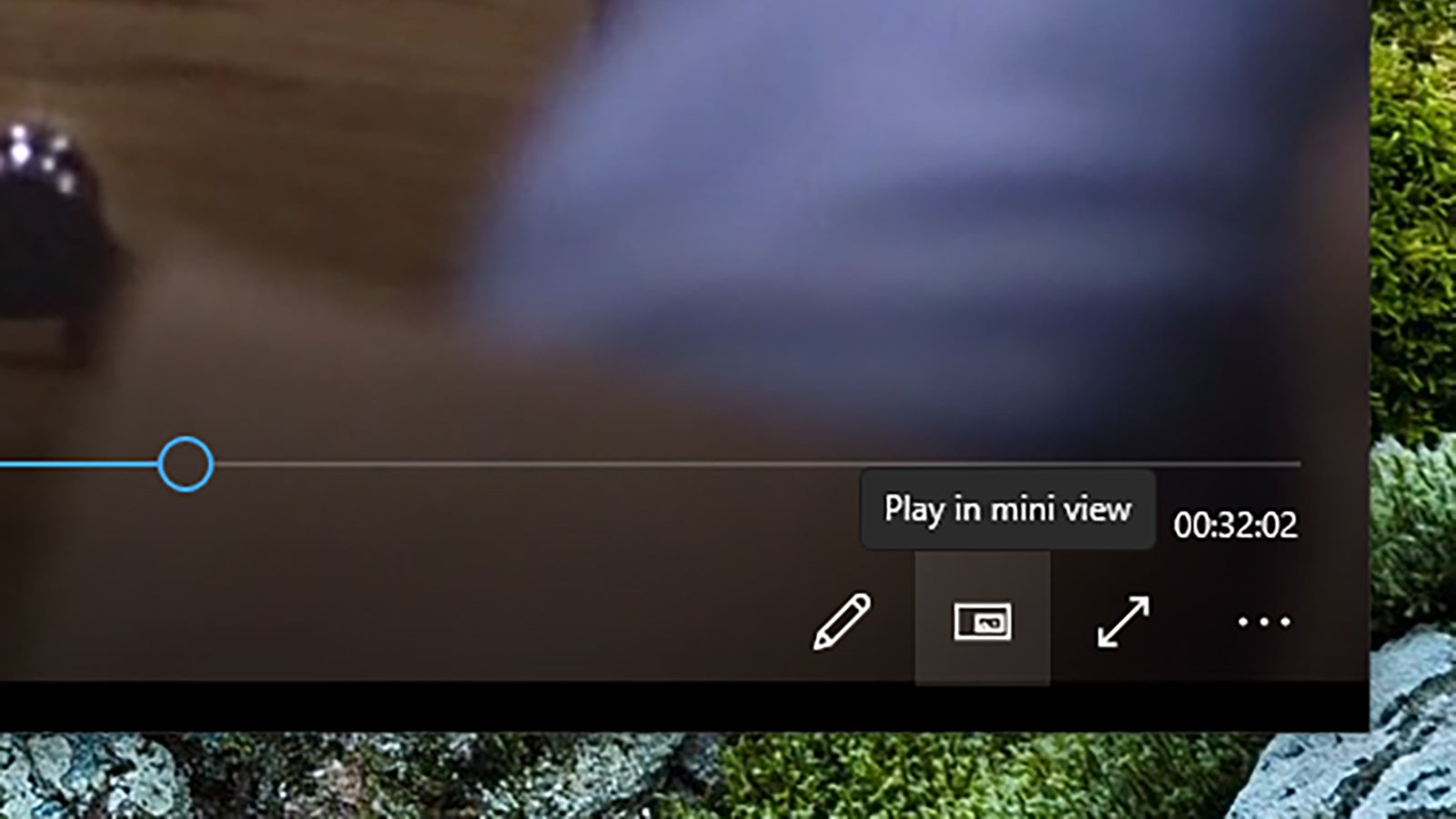
With Windows being based around windows (as the name suggests), getting a video playing up in the corner of the screen isn’t difficult, but there might be times when you want to pin a video on top of everything else and dock it to one corner. In the built-in Movies & TV app you can do this by starting playback on a video, then clicking Play in mini view (the third icon from the right in the lower right corner).
There’s a picture-in-picture mode in Microsoft Edge, too, at least for YouTube: If you right-click twice on a video that’s playing, you’ll see a pop-up menu with Picture in picture on it. This docks the video in the corner, and keeps it on top of other windows. In VLC Media Player, meanwhile, you can choose View and Always on top to keep a video above everything else, then View and Minimal interface to hide the playback controls — then just move the window to where you need it.
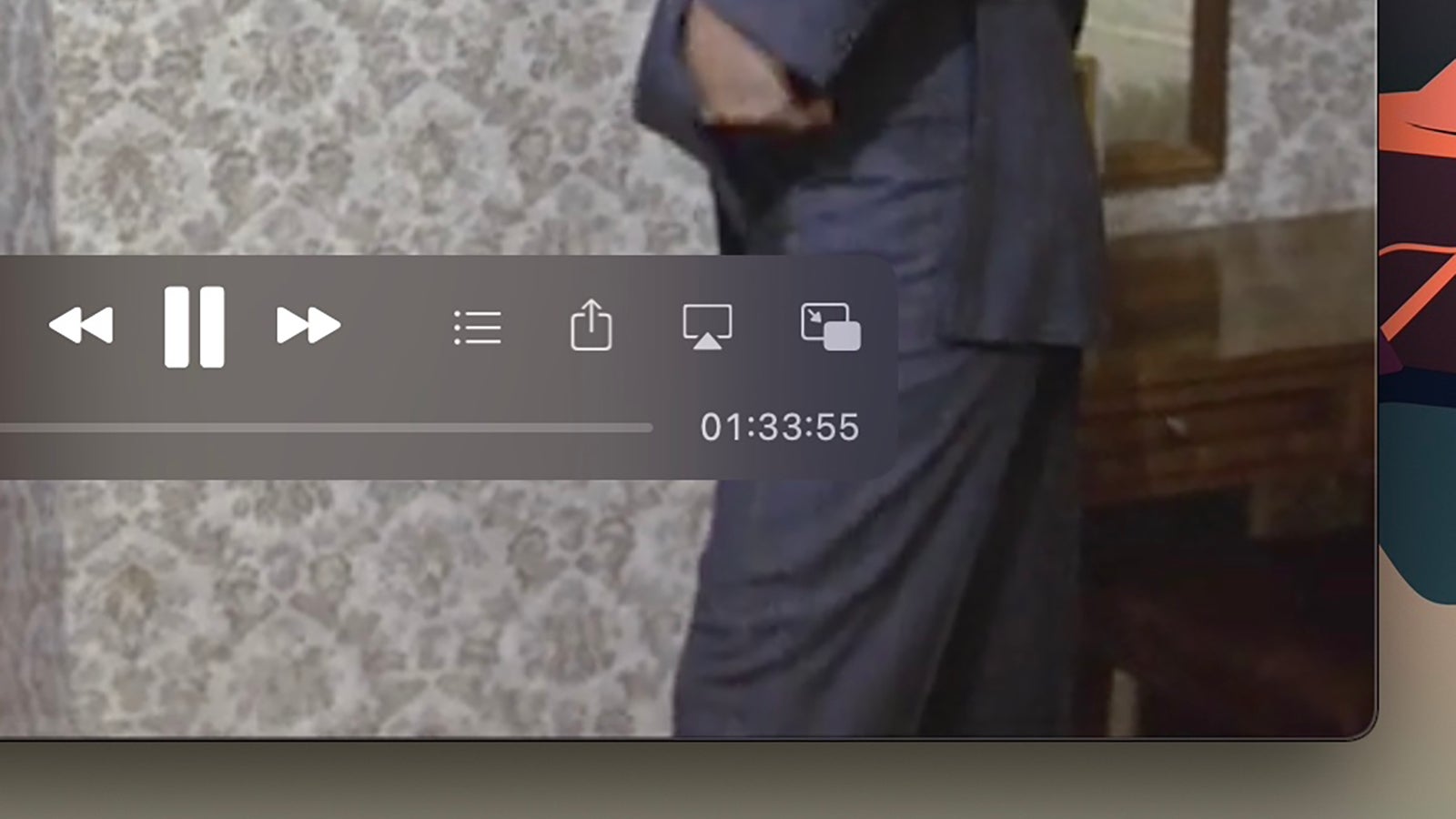
It’s a similar story on macOS: You can move any video manually to the corner of the screen, but there are ways of doing picture-in-picture properly. In the main TV app, click the picture-in-picture icon (it’s the one in the bottom right-hand corner) with something playing. In QuickTime, you’ll see the same button — two rectangles and an arrow — on the right of the navigation control bar.
Other apps will have their own settings that you can dig into to find a picture-in-picture mode, if one’s available: In VLC Media Player for macOS, you can choose Video and Float on Top to keep it above other windows, for example, then resize it and drag it into position. In Safari with a YouTube video playing in a browser tab, right-click on the video twice, then choose Enter Picture in Picture.
Media Streamers
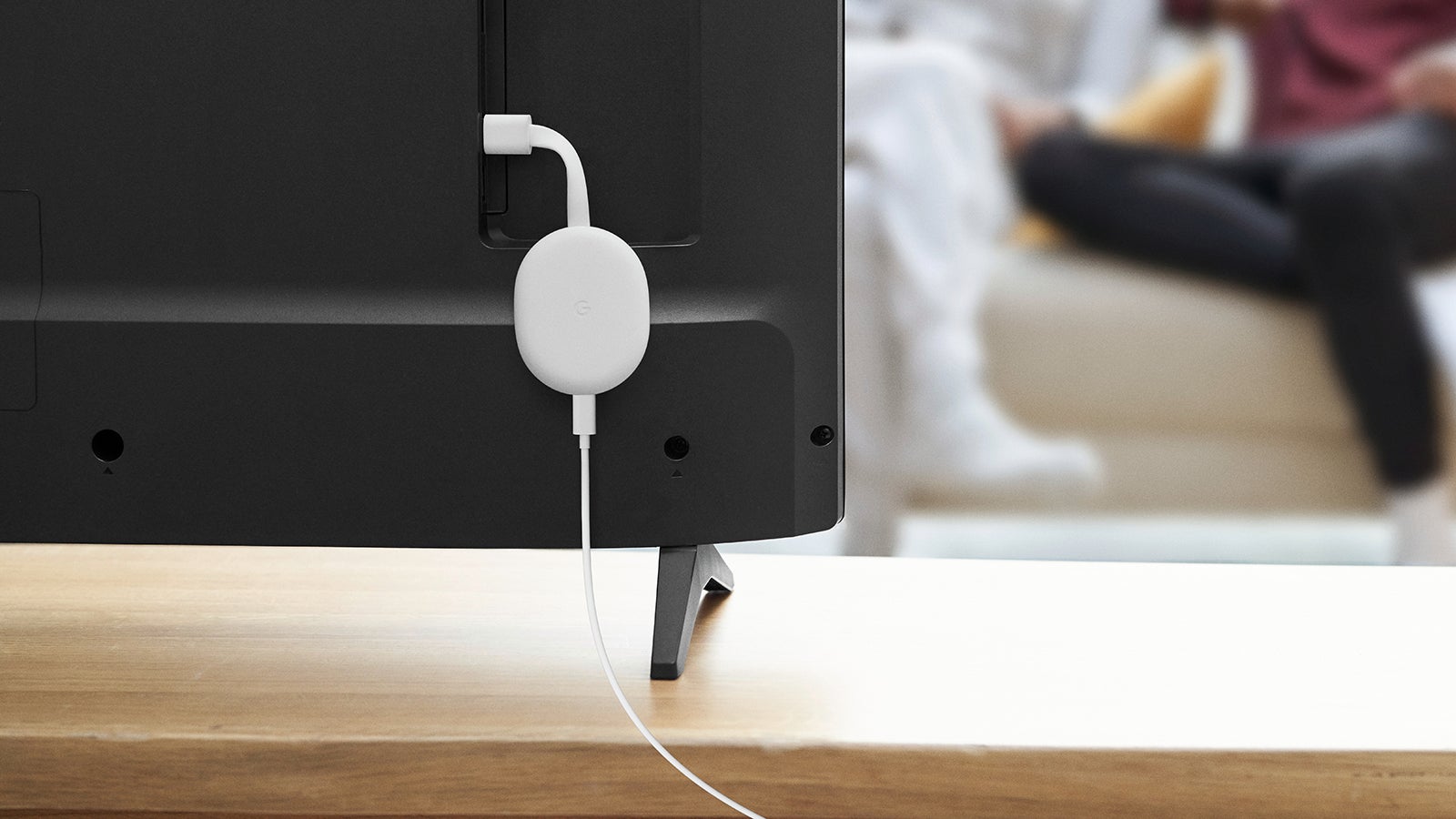
Picture-in-picture isn’t widely available on streaming dongles and set-top boxes — you can’t do it with the new Chromecast with Google TV, for example, or with anything made by Roku. If your media streamer of choice doesn’t offer it, then check the options on your television set, as it might be available there (if you have more than one input available at the same time).
The feature is available on Apple TV, though: It works with the main TV app and third-party apps that have decided to enable it. If you tap on your remote to bring up the playback controls while watching a video, you’ll see the same picture-in-picture button (two rectangles and an arrow) that you get on iOS, iPadOS, and macOS. Select this to put the video in a smaller window.
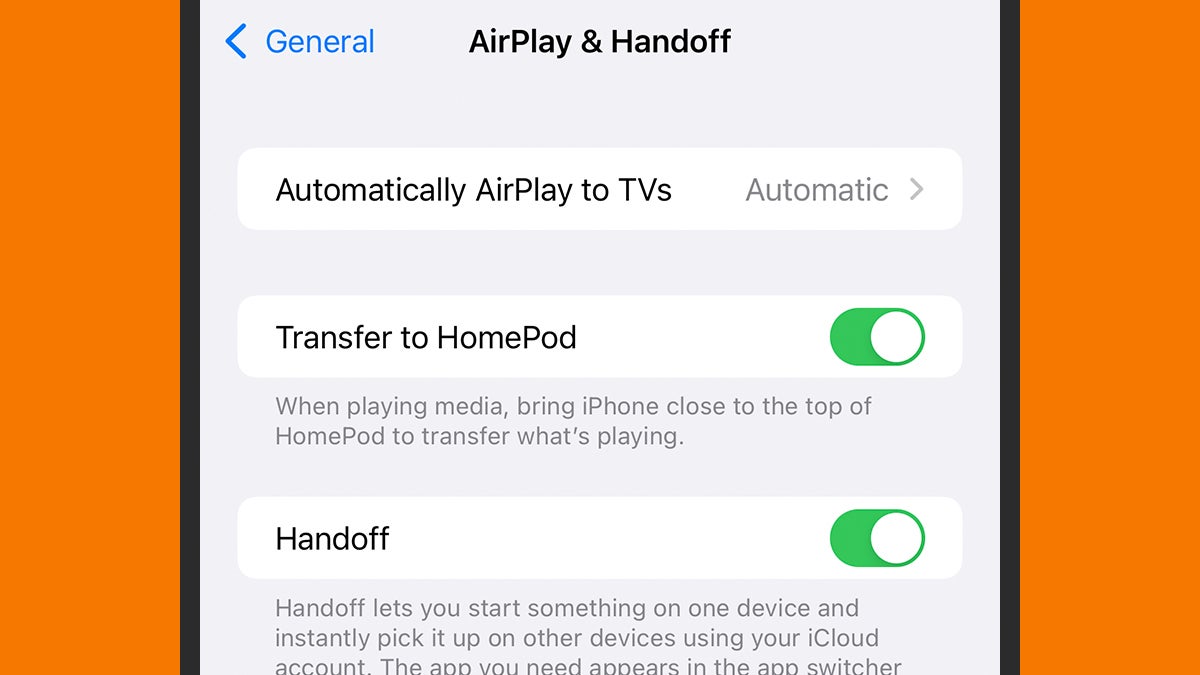
Another way to get this working is to send a video to the Apple TV from your iPhone, iPad or Mac using AirPlay. Once you’ve chosen the Apple TV as the destination and got it playing, you’re able to enable the picture-in-picture mode as before. It’s handy for apps that don’t actually support picture-in-picture on the Apple TV itself.
Elsewhere, you’re mostly out of luck when it comes to this dual-window experience on your media streamer, though some apps offer a limited picture-in-picture experience inside the actual app, so it’s worth double-checking. Selected Amazon Fire TV models do support picture-in-picture, but only for video feeds coming from compatible security cameras made by the likes of Ring, Nest, Wyze, and Logitech.
